The Garmin Fenix 7 Pro’s Best New Features Ranked After 14 Days Of Testing
The new heart rate monitor on the Garmin Fenix Pro has impressed, while the training analysis available has been expanded
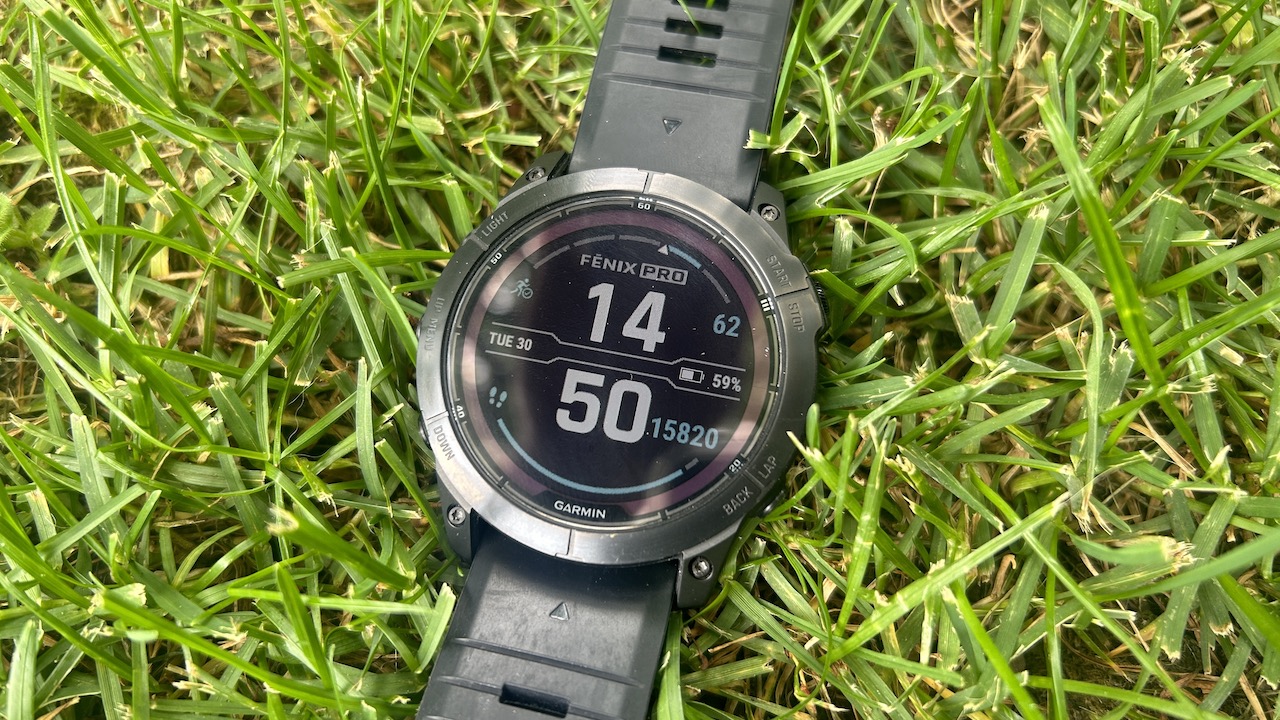
The Garmin Fenix 7 Pro launched on 31st May, with three watches that offer upgrades on the standard Garmin Fenix 7 range, which I consider among the best sports watches available. While the new models aren’t huge updates on the existing Fenix 7— they’re the same sizes, use the same materials and have the same battery life—the Fenix Pro range does introduce some useful new features and has a better optical heart rate monitor.
After two weeks of testing I’d say the Fenix 7 Pro is another excellent top-tier watch from Garmin, although it doesn’t stand out in the company’s increasingly crowded range. That’s especially true because the new software features on the Fenix 7 Pro like hill score and endurance score will roll out to the existing Fenix 7 watches.
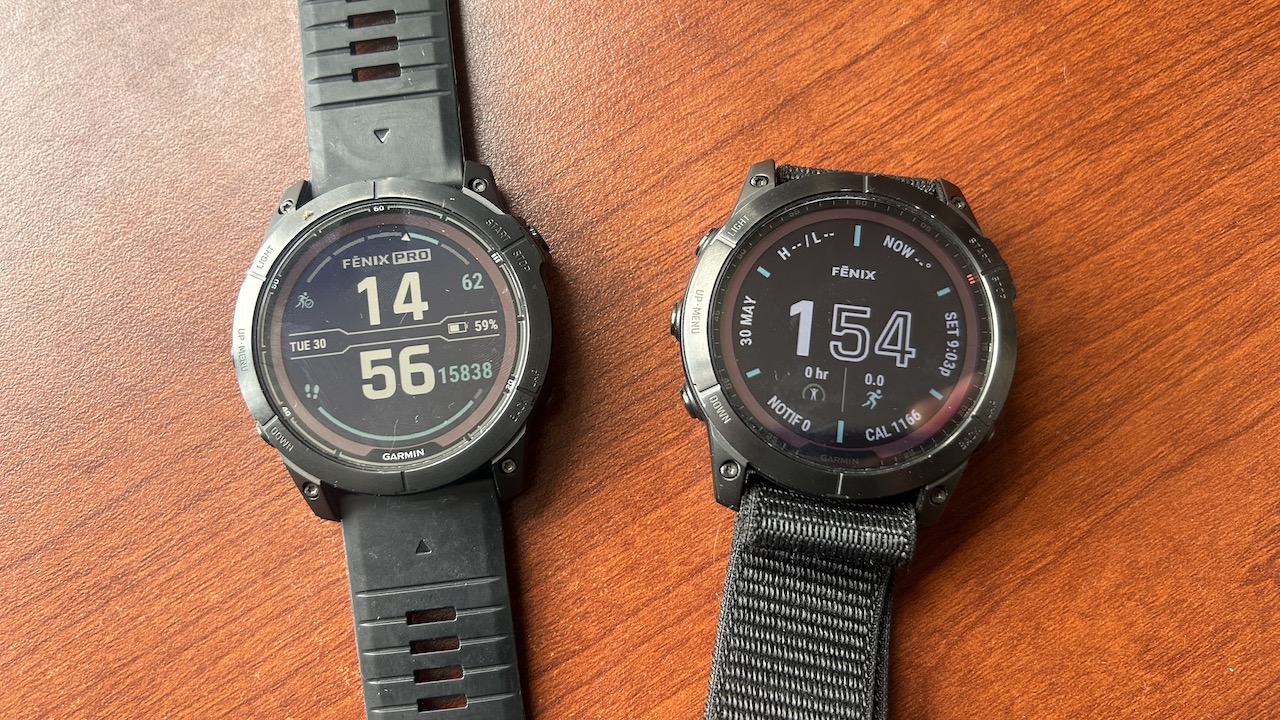
Garmin Fenix 7 Pro: Price And Availability
The Garmin Fenix 7 Pro launched on 31st May 2023, along with the Garmin Epix 2 Pro, and prices for watches in the range start at $799.99 in the US and £749.99 in the UK. That’s for the standard steel model, while the sapphire models with titanium bezels can cost as much as $999.99/£1,099.99.
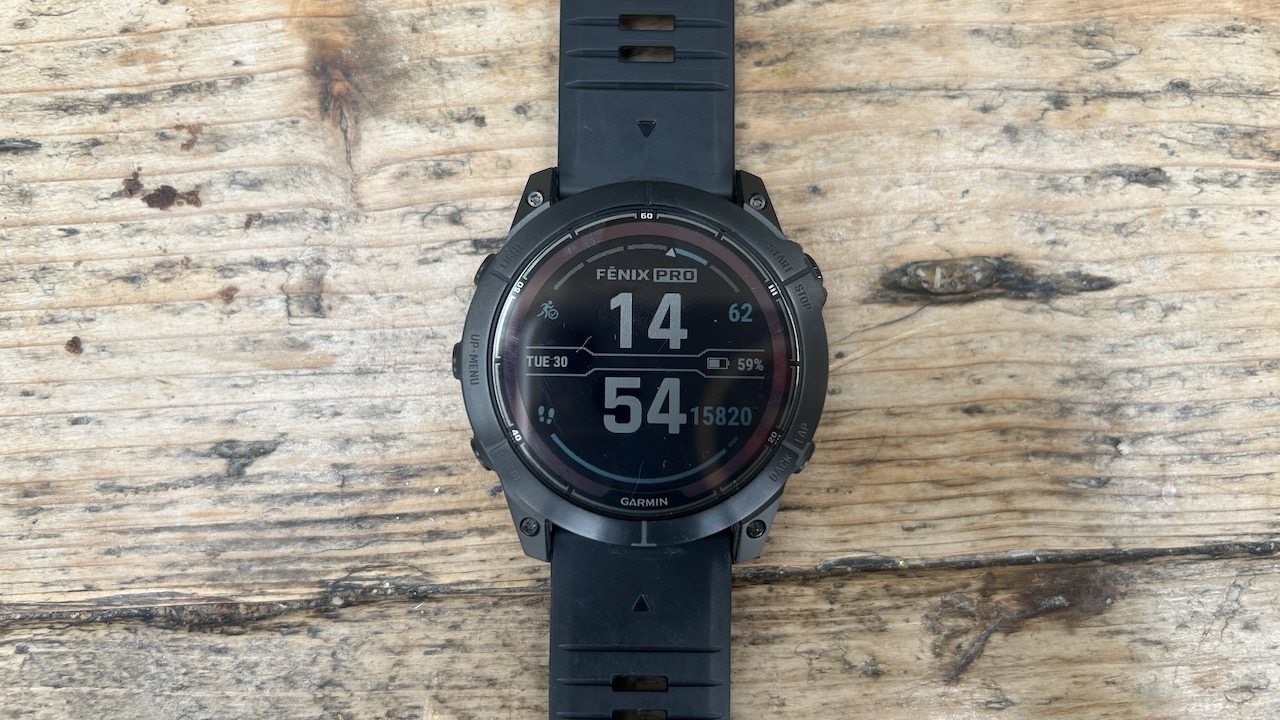
What’s New?
1. Heart Rate Monitor
The biggest change to the design of the Fenix 7 Pro compared with the Fenix 7 is the upgraded heart rate monitor, which Garmin says will offer enhanced performance. I have rarely found optical heart rate monitors sufficiently accurate and nearly always use a chest strap to get accurate data during my runs, but the Fenix Pro’s tracking has been impressive.
Aside from the occasional hiccup at the start of runs and some slight lag on readings during hard intervals, the Fenix 7 Pro’s optical heart rate monitor has matched up almost beat-for-beat with a chest strap.
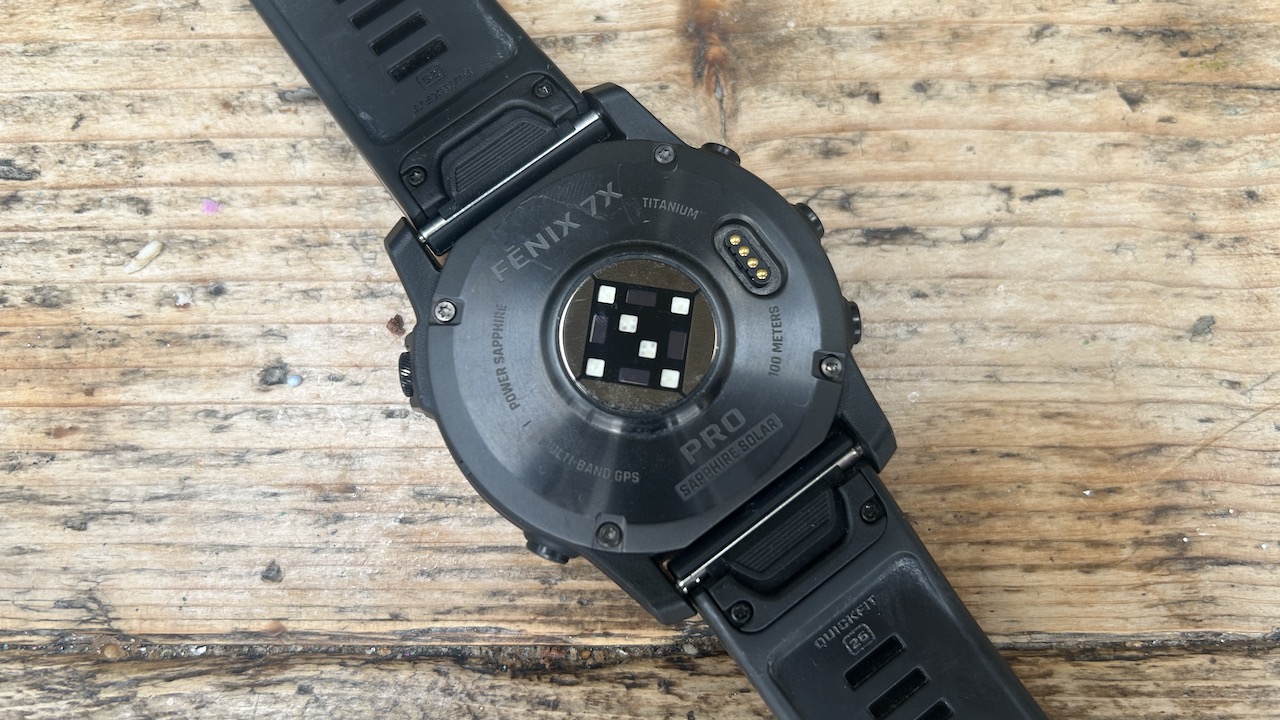
I’ve only done eight runs plus some other workouts with the watch so far, and those runs have been in warm weather when optical heart rate monitors perform better. But so far the heart rate monitor on the Fenix 7 Pro has been very good.
2. Hill Score and Endurance Score
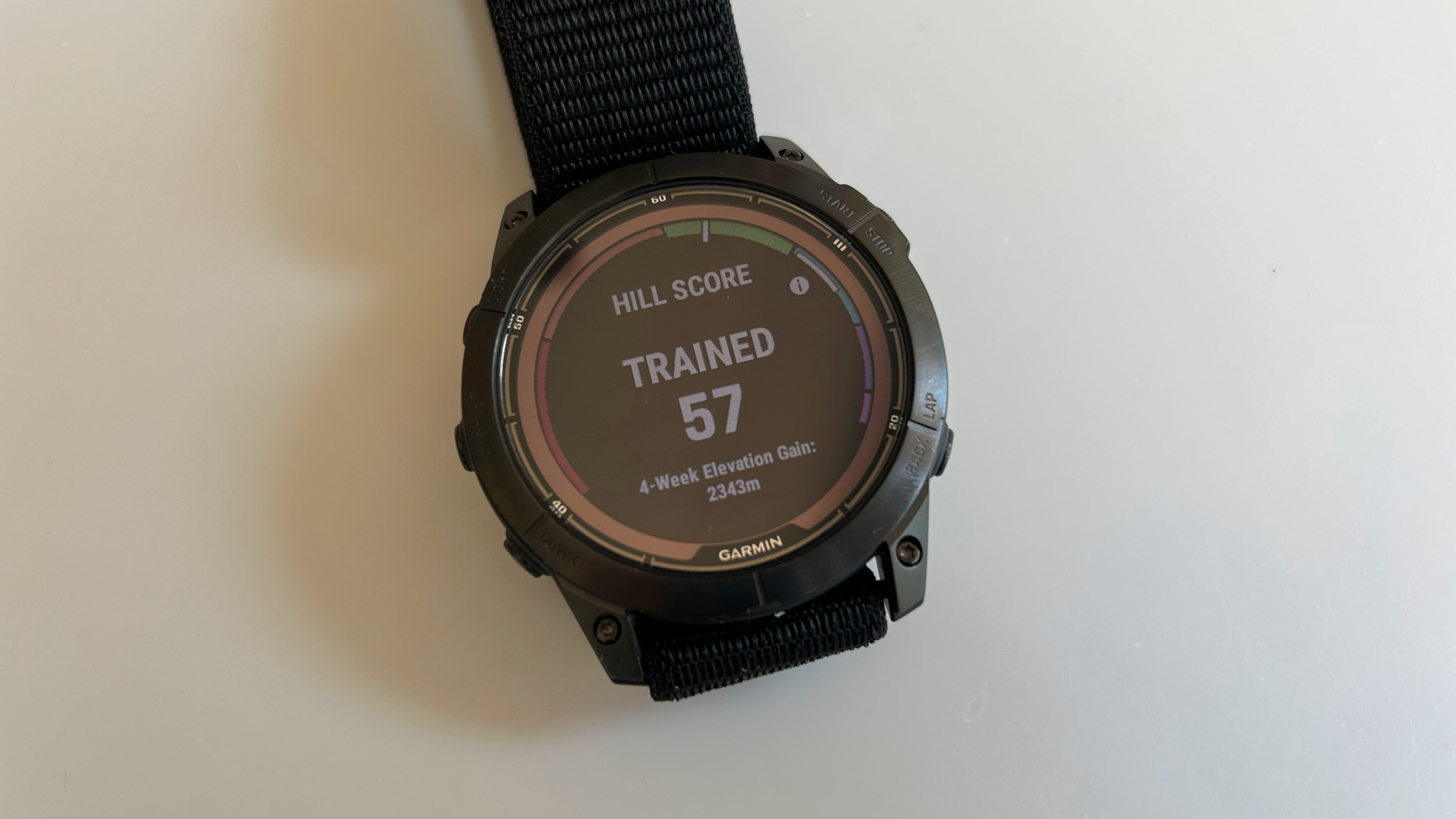
Hill score and endurance score are two new elements of Garmin’s training analysis, and are displayed using color-coded graphs on the Fenix 7 Pro. Hill score is an estimation of your ability to tackle inclines, based on your hill strength and hill endurance, plus your VO2 max.
Get the Coach Newsletter
Sign up for workout ideas, training advice, reviews of the latest gear and more.
While hill score is a running-only metric, endurance score takes into account all sports and assesses how good you are at sustaining effort. It takes two weeks of training to get your score if you’re new to Garmin, but if you’ve logged enough data using another Garmin device you’ll get your scores once the Fenix 7 Pro links to Garmin Connect.
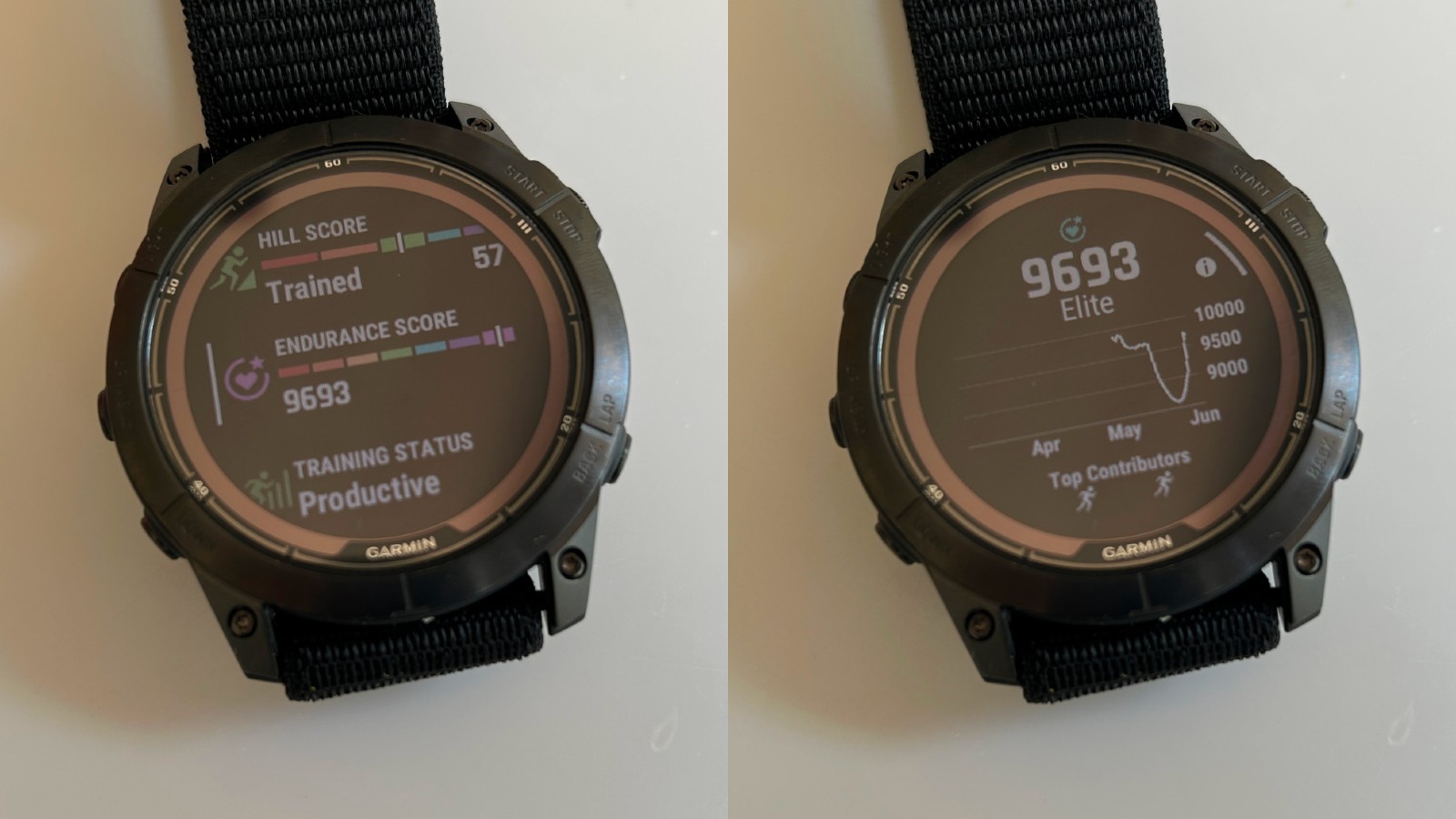
I currently have a hill score of 57 out of 100, which rates as “trained”, and an endurance score of 9,693 (there is no upper limit on this), which is “elite”. I tend to run flat road events and have a marathon PR of 2hr 28min, so my scores seem in line with what I’d expect, but have been on hilly trails more of late in preparation for an ultramarathon so it will be interesting to see how my scores change over time.
3. Flashlights
The Fenix 7X already had a built-in LED flashlight, but with the Fenix 7 Pro range it’s available across all sizes of the watch. It’s a bright and useful extra light to have available on your wrist at all times, especially when camping.
4. Multi-Band GPS As Standard
All models of the Fenix 7 Pro range get multi-band GPS tracking, whereas in the Fenix 7 range this was available only on the sapphire models. This is Garmin’s most accurate GPS mode and the Fenix 7 Pro has proved very accurate for me in all my testing so far, in line with the performance of the Garmin Epix 2 and Garmin Forerunner 765 in multi-band mode.
5. New Map Features
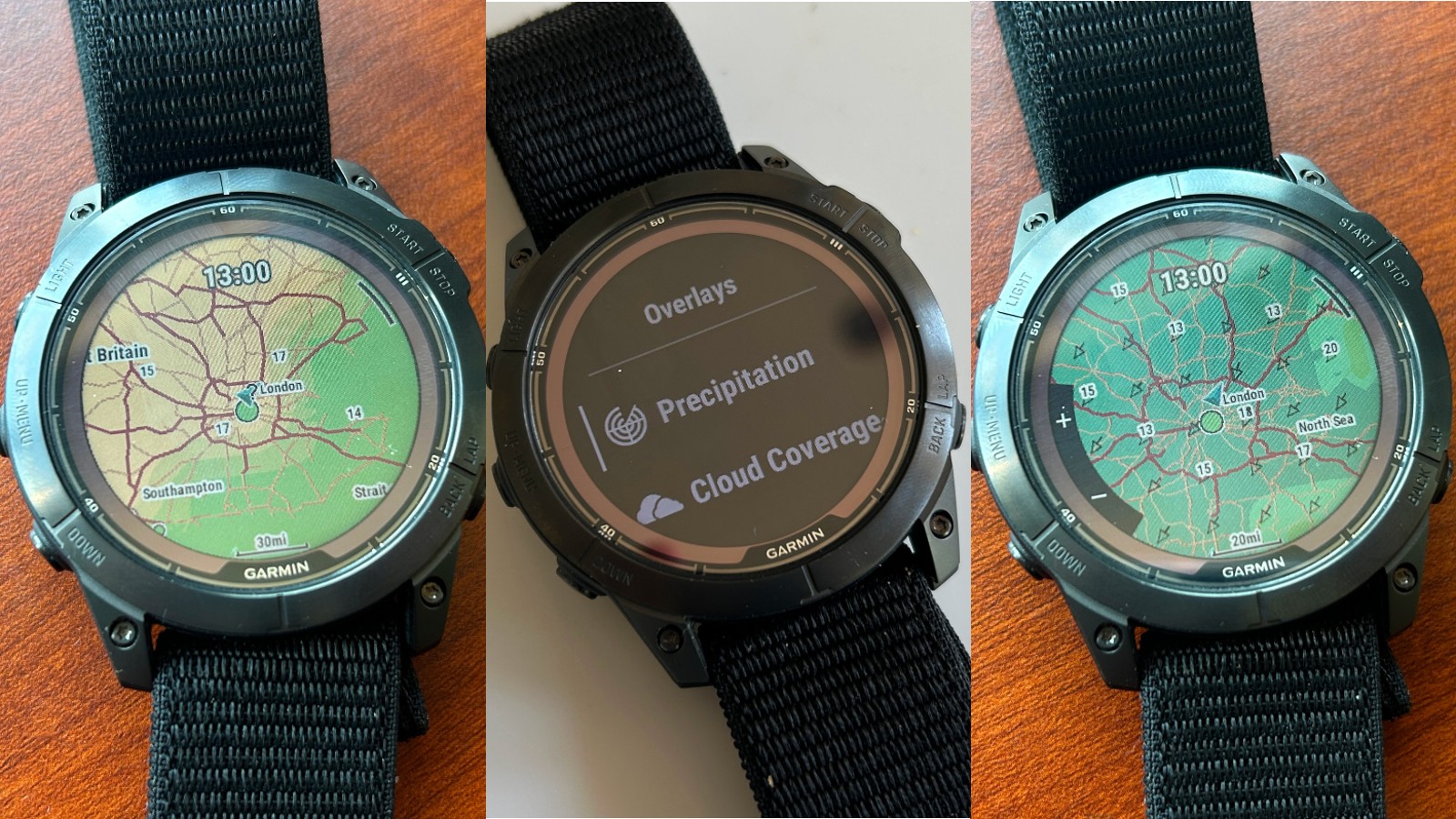
Garmin has added a weather forecast overlay option to the maps on the Fenix 7 Pro to see upcoming conditions. This is only available in the weather widget for now, which is a shame as it would be useful to see when rain is forecast during an activity.
Open the weather widget to use the feature, scroll down to the map and then pick the overlay for the conditions you want to check. This can be cloud cover, precipitation, temperature and wind. Then select “play” and conditions for the hours ahead will be shown.
There is also a new shading style that should make the maps more visible, though I haven’t noticed much difference on that front.
6. New Sports Modes
Dozens of new sports modes have been added to the Fenix 7 Pro, including football, basketball and horseback riding. I haven’t done any of those with the watch yet myself, but having more sports modes to pick from is never a bad thing.
7. Improved Displays
The memory-in-pixel display on the Fenix 7 Pro has been upgraded to make it slightly easier to read, especially in low light. To be honest I haven’t noticed any difference on this front. It’s pretty easy to read in all conditions, and very clear in bright sunlight, but the AMOLED display on the Epix 2 Pro is more of an upgrade when under cloud cover or in dappled light.

Nick Harris-Fry is a journalist who has been covering health and fitness since 2015. Nick is an avid runner, covering 70-110km a week, which gives him ample opportunity to test a wide range of running shoes and running gear. He is also the chief tester for fitness trackers and running watches, treadmills and exercise bikes, and workout headphones.
Coros Vertix 2S Review: The Garmin Fenix Rival Gets Some Useful Upgrades
How To Pick The Best Garmin Watch For You
